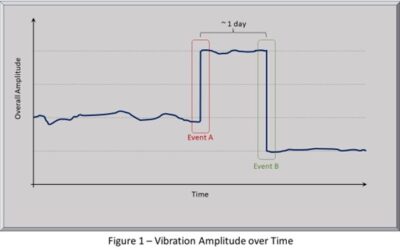The average age of the workforce is causing a paradigm shift as boomers retire. The practice of total productive maintenance (TPM)—where responsibility for maintaining the machine is with the person who runs it—is being reassessed as the need for a skilled manufacturing labor force exceeds current supply.
Almost every manufacturing plant today is experiencing reduced head count. If a plant does not have replacement personnel for these highly skilled positions as workers retire, they are not being replaced. Plants are also finding that it takes more time on the equipment to learn the equipment, which is not feasible.
Right now, many plants are in fire-fighting mode—fixing as it breaks—but the goal is to get out of reactive mode and into proactive mode because reactive is not cost effective.
The proactive, lean maintenance approach involves identifying issues and categorizing what equipment needs to be replaced prior to failure by determining:
- How critical it is to production
- How easy it is to get spare parts
- How far down the failure curve it is
Plants are finding a reduction in downtime through keeping production equipment running and scheduling maintenance to take place during scheduled downtime.
At times, there are no breaks in production schedules for extended periods such as 6-8 months. In this case, it’s critically important to fix everything during scheduled downtimes–no matter how small. This is where employing the practice of predictive maintenance (PdM) is essential. Economically, it is less expensive to replace machinery before the end of its lifecycle rather than risk having it break down during production.
When putting together a PdM program, there are 3 basic things to address:
- Mechanical testing. This is done through:
- Vibration analysis: measurement and analysis of vibration within a piece of equipment
- Oil analysis: measurement of particulates in the oil, or the measurement of the chemical composition of the oil
- Motor circuit analysis: looking at electrical insulation
- Electrical testing: done through infrared analysis
- Inventory of spare parts: identifying lead time on getting parts in order to determine what should be kept on hand
A comprehensive non-invasive preventive maintenance program that involves maintenance on the equipment without getting into the machine is also important. (Often working in the machine causes more problems.) PM is key to reducing downtime and involves:
- Proper lubrication programs
- Ensuring equipment stays clean
Lean maintenance is a prerequisite for the lean manufacturer as reducing risk becomes the new maintenance philosophy. In manufacturing, usually when one piece of equipment breaks, it takes down ancillary equipment around it resulting in lost production. You can help prevent this by employing both PdM and PM in your plant.
Preventive maintenance and predictive maintenance make the work environment more predictable, meaning greater efficiencies, reduced costs and reduced down time. It’s another tool in the tool box and a great cost reducer to the manufacturer.






0 Comments